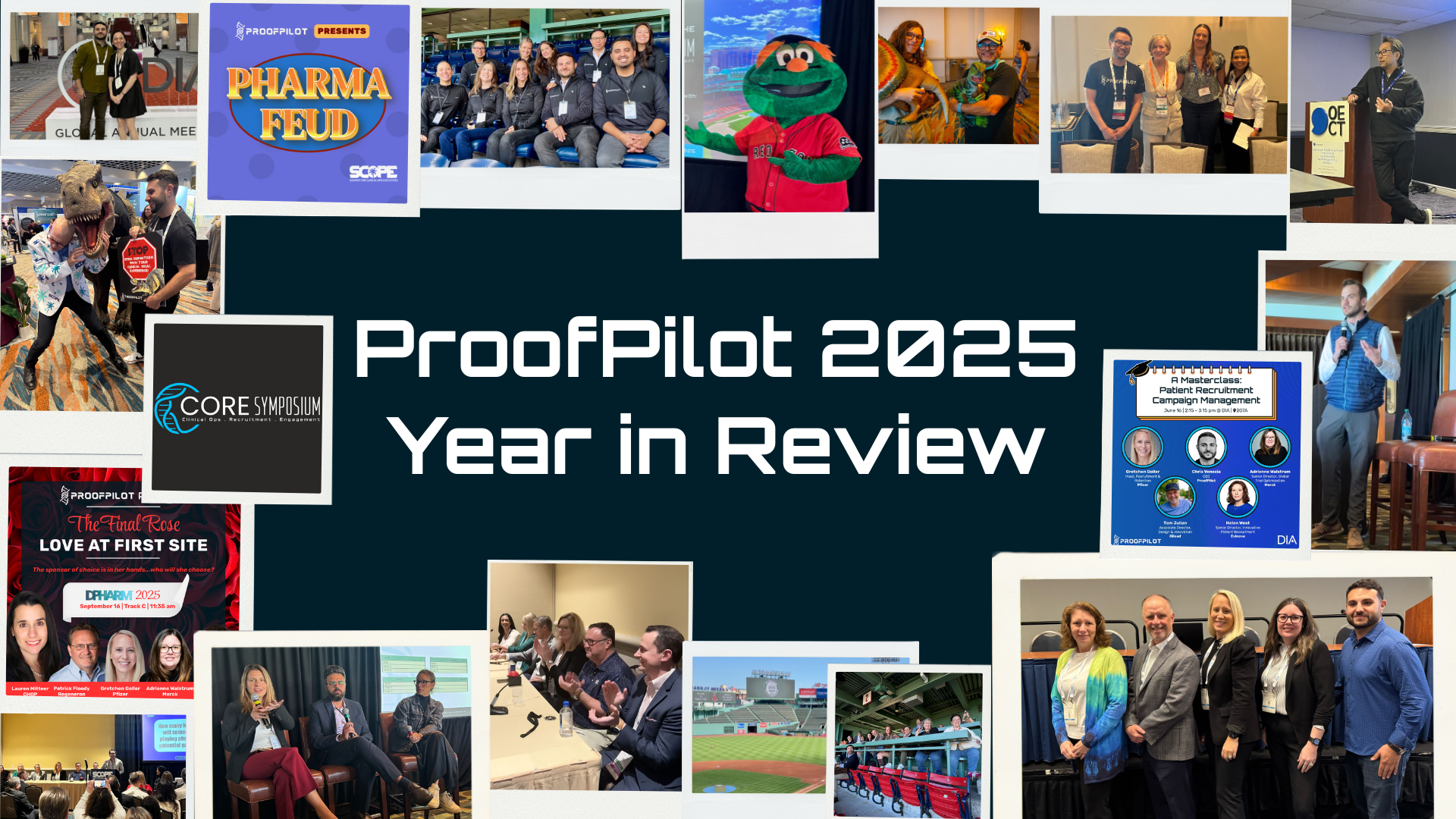One of the most critical components of all experiences is the ending. Disney World is one of those organizations that subtly all but guarantees a happy ending by investing in it upfront. After families leave the park, everyone is tired, money is spent, and the last thing anyone wants to do is wander around looking for their car. There is nothing that will ruin a great day at Disney more than forgetting where you parked. You see, happy endings are not just part of their movies, they’re part of their overall brand.
So what does Disney do to ensure a happy ending at the park? In the past, when you visited Disney World and got picked up in the parking lot by the tram, in addition to all the visual and mnemonic clues to help you remember where you parked, the driver would also help to drive that memory home by making a game of shouting out the parking location 3 times. Today, there are multiple fail-safes. Did you also know that parking attendants can tell you exactly which lot and row you parked based on the time you arrived at the park? Of course, now with mobile technology, the My Disney Experience App can automatically capture your car location. When you leave the gates, Disney has made all their money from you, but because they care about the entire end-to-end experience, they’ve always had strategies and tactics to ensure a happy ending.
But why is it so hard to design a delightful patient experience in clinical research? We live through countless human experiences all day, every day and instantly feel what a great experience is when we see them or experience them. Certainly, clinical research participation is a bit of an unusual experience, but that doesn't mean it’s not governed by the same dynamics that drive all other human experiences. We simply must care and invest with empathy, just like Disney.
We all have a lot of baggage when it comes to clinical research, so let’s approach this by using an adjacent experience. Imagine a fitness, nutrition, and wellness routine, designed with the intended purpose of improving all your physical and biological markers – weight, BP, HBA1C, Triglycerides, relationships, skin, mood, sleep, you name it.
To participate, you must follow a very different set of behaviors from what you do today, but only for 3 months. You’ll need the right history and pass a few tests to get it, and there are a limited number of spots. And once you’re in, if you don’t follow directions properly, you will get kicked out. Would you do it? Maybe.
As a potential participant, at the very least, I would ask these questions. Now imagine the answers were:
-1.png?width=800&height=1000&name=End%20to%20end%20blog%20chart%20(1)-1.png)
How many of us would say, “Sign me up!” Well, that probably depends on a few things, but this is exactly how most clinical trial experiences are designed. At best, you might get lucky with someone at the clinic who overcomes the lack of support they themselves are given, and at worst it’s an exercise on mushroom management – “leave ‘em in the dark and crap on them every so often.” Sadly, this is the reality of the clinical research experience. Wouldn’t it be great if the answers were:
-Sep-30-2024-12-53-03-3274-PM.png?width=800&height=1000&name=End%20to%20end%20blog%20chart%20(3)-Sep-30-2024-12-53-03-3274-PM.png) How much better is this experience? As a company sponsoring this health and wellness program, you want the individual experience to be a premium one, reflecting your values. Think you can’t create an experience like this for clinical research participants? Contact us for a demo!
How much better is this experience? As a company sponsoring this health and wellness program, you want the individual experience to be a premium one, reflecting your values. Think you can’t create an experience like this for clinical research participants? Contact us for a demo!




